10.3: National and Transnational Rhythmic Formations
- Last updated
- Save as PDF
- Page ID
- 138293

- Mario Alberto Viveros Espinoza-Kulick
- ASCCC Open Educational Resources Initiative (OERI)
Regional and Local Styles
One of the common themes in Chicanx and Latinx music and dance is the use of regionally specific instruments, rhythms, melodies, and themes to showcase pride in one’s identity and heritage. These songs are as diverse as the people who created them and represent distinct styles, sensibilities, and messages. And, to varying degrees, these songs reflect and reproduce existing socio-political realities like national identity, borders, and more.
Music played an important role in the development of Chicano identity and political movements. Groups like Chicano Batman and Las Cafeteras from Los Angeles and Califanes from Mexico City reflect the transnational character of Chicanx communities’ experiences, which reflects the distinctive combination of Indigenous, Mexican, Spanish, and American traditions into something wholly new. Similarly, Tejano music, sometimes called Tex-Mex, is known for its use of vocal melodies that mirror traditional Mexican musical styles, combined with instruments and rhythms with American and European influences. This genre exploded in popularity in the 1990s with the rise of crossover pop star, Selena. It is also both geographically and musically similar to the Norteño style, which is popular in northern Mexico and what is now the southwestern United States, and reflects a cultural blend of musical instruments and moving narrative ballads.21
Within Mexico, various musical styles are used to promote regional and national cultures. For example, rancheras are songs that focus on love, beauty, and nature, as well as regional and national pride. They tend to take on a local character, with references to specific places and activities that resonate with audiences in that region, as well as form a symbolic connection to individuals who have personal or family ties to these other regions. Another common style is corridos, which use complex narrative to tell stories through song. This genre inspired American country music, which utilizes similar narrative formats and styles. In addition, boleros are songs with a slow or moderate tempo and a repeating rhythm that supports a strong melody by the lead singer. These are rooted in Cuban and Spanish influences that were reinvented by Mexican composers.22
Artist Spotlight: Selena Quintanilla
Selena Quintanilla, more commonly known as Selena, was born on April 16, 1971, in Lake Jackson, Texas. Selena grew up speaking English, but her father taught her to sing in Spanish so she could resonate with the Latinx community and have a broader appeal as a recording artist. Known as the "Queen of Tejano Music," Selena Quintanilla was a beloved Latin recording artist who was killed by the president of her fan club, Yolanda Saldivar, on the 31st of March of 1995 at age 23. In addition to the significance of her music, she was an important figure in representing Tejana culture. Related to this, Frances Aparicio stated:
Selena reaffirmed a Tejana identity through her repertoire, her fashion and style, and her persona… her musical selections, arrangements, and hybrid fusion of tejano music with other musical forms, allowed Selena to create a larger, Latin American and Latino/a audience that identified with her.23
After her untimely death, Selena has continued to be a central cultural figure for Tejanx, U.S. and Latinx cultures. As shown in Figure 10.3.1, a mural by Alan Calvo depicts Selena in the now iconic purple jumpsuit she wore during her last concert before her death.
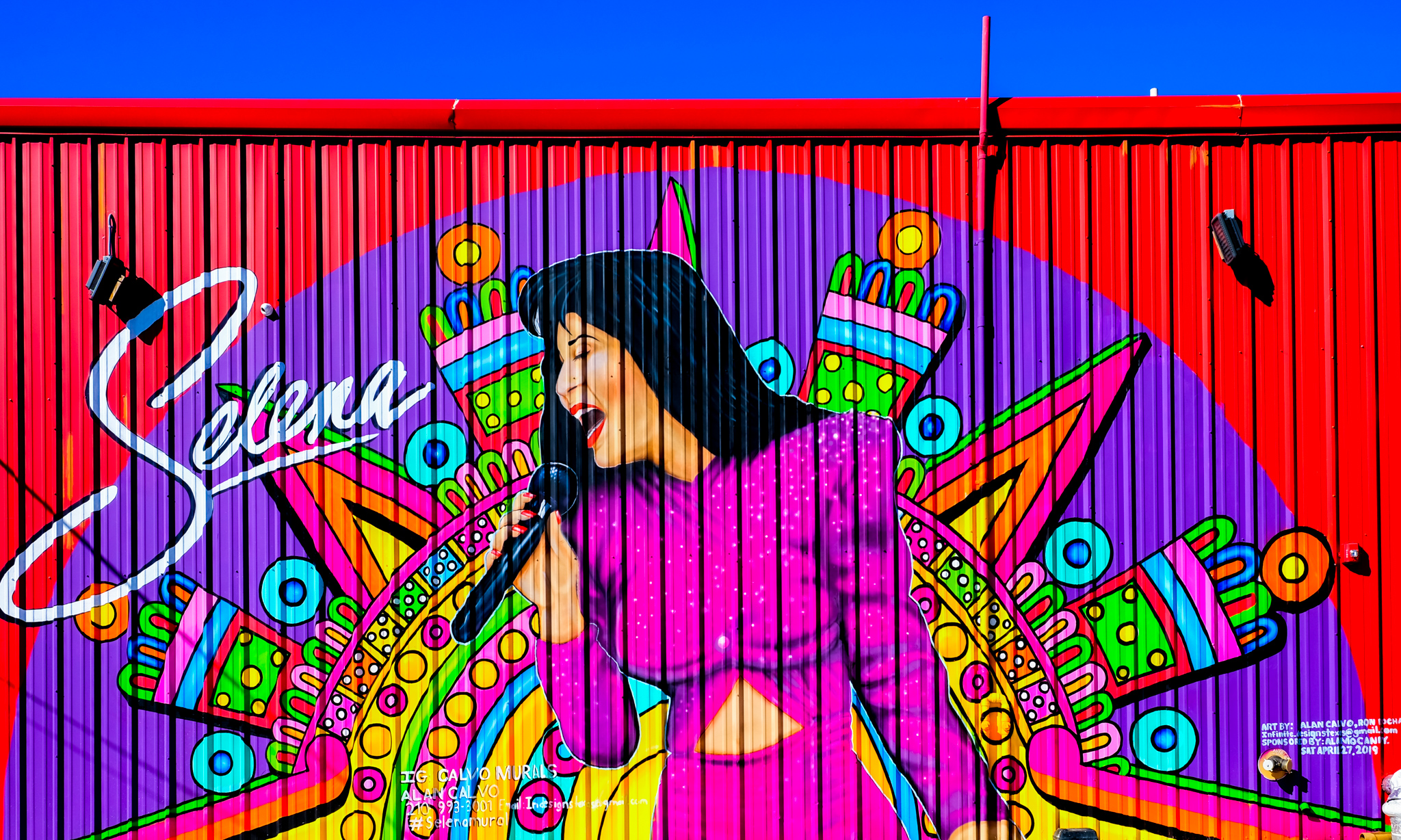
Figure 10.3.1: “Selena at Alamo Candy” by Alan Calvo via NoNo Joe, Flickr is licensed CC BY-NC 2.0.
Other styles represent the history and identity of the places they are from. For example, bachata grew out of the fusion of European and African influences with Indigenous Taino sounds, reflecting the rich and diverse culture of the Dominican Republic. Similarly, cumbia comes out of Colombia and reflects the unique combination of European, African, and Indigenous influences of the Colombian peoples. Other styles, like reggaeton, have developed with a more regional and global character. While the genre originated in Panama, it spread to Puerto Rico and rose to prominence there and brought together Afro-descendent styles from Panama, Puerto Rico, Jamaica, the Dominican Republic, and the United States (particularly, Afro-Latinx communities in New York City).
Folk Dances
In 1952, Amalia Hernandez established the Ballet Folklórico de México, which synthesized local folk dances and Indigenous traditions into a nationalistic dance style. This effort was supported by the government, who encouraged the celebration of folk dance to promote a positive national identity, encourage tourism, and cultivate local economic development. The style of ballet folklórico has become popular in the United States, with local groups and schools sponsoring dance groups and holding lessons for children, adolescents, and adults. Figure 10.3.2 shows an example of a ballet folklórico performance.
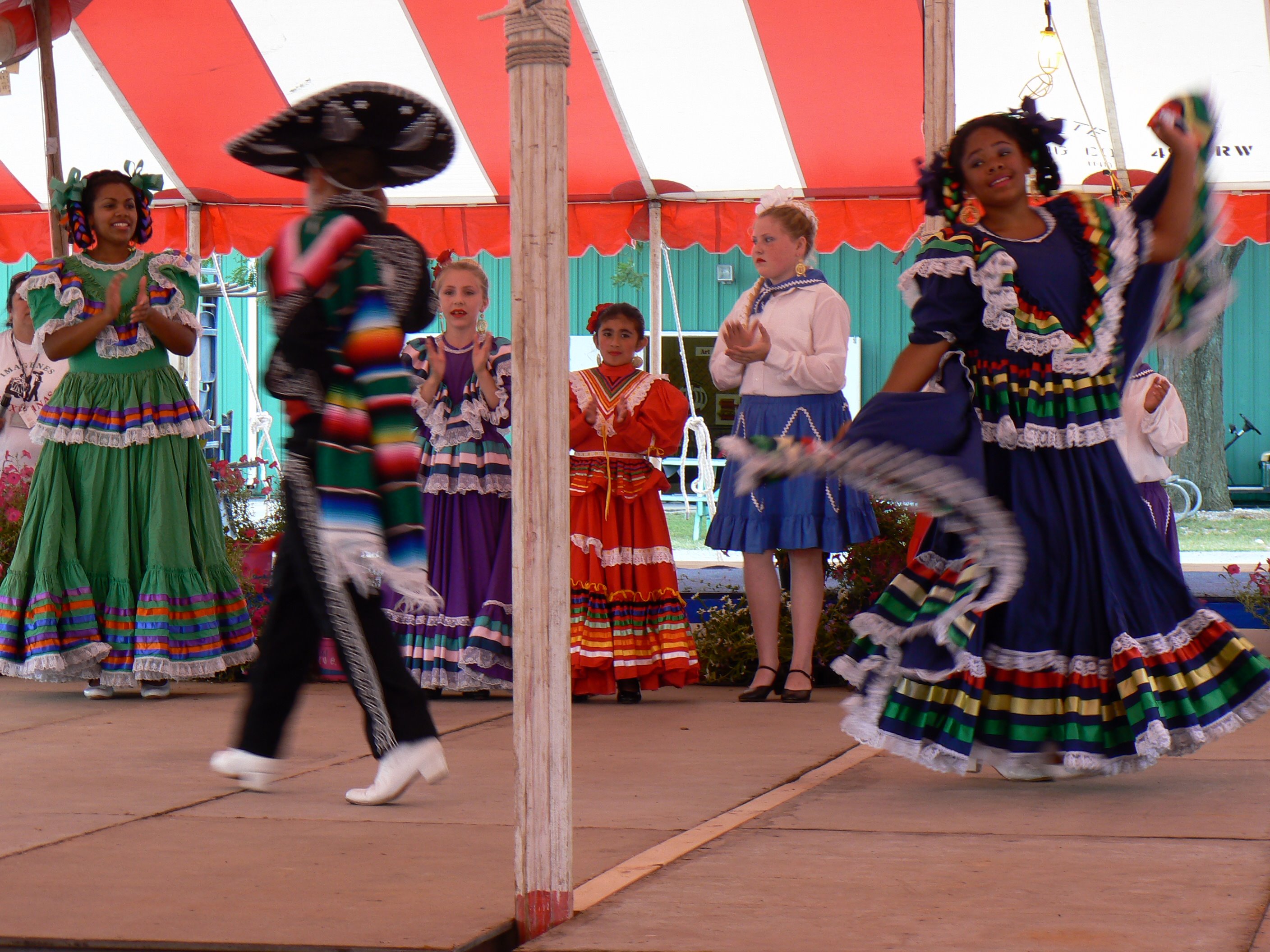
Figure 10.3.2: “Ballet Folklorico Imagenes Mexicanas” by Benny Mazur, Wikimedia Commons is licensed CC BY 2.0.
Before Ballet Folklorico emerged, danza existed. In addition to the nationalistic style that celebrates the general tradition of Indigenous cultures in Mexico, communities also carry on specific dance forms and performances. For example, in Michoacan, the Danza de los Viejitos (Tharep’ Hiti Huarar'i in Purépecha) has dancers who dress in traditional attire with masks of old men and women. The dancers use canes and play at being hunched over and feeble throughout the dance. The early origins of this dance are thought to reflect narratives about aging and humor. After European and Spanish colonization, the dance changed somewhat, and now includes elements of poking fun at elderly Spanish men who have exerted colonial power. An example of this dance in Pátzcuaro, Michoácan, México is displayed in Figure 10.3.3
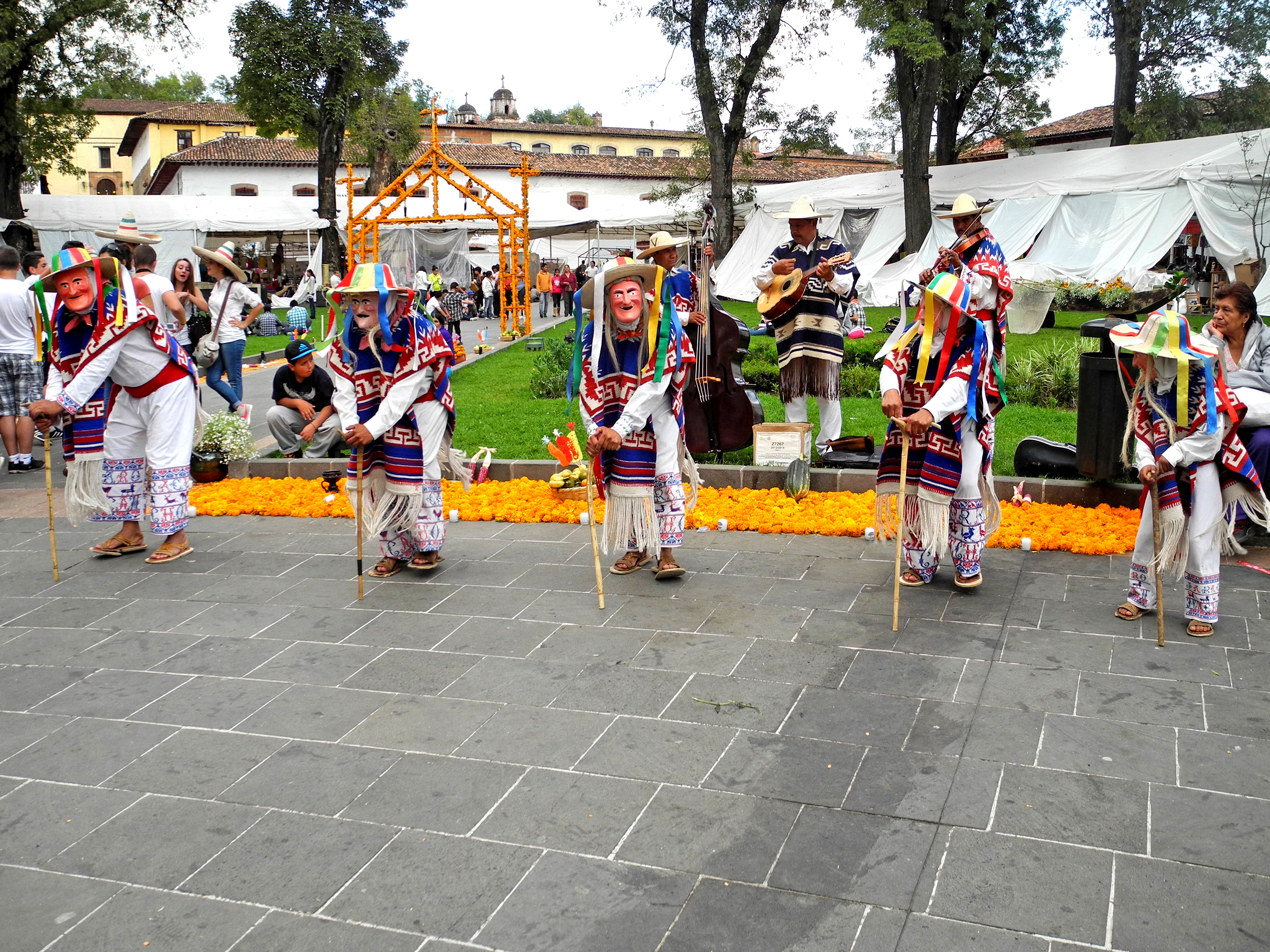
Other local dances that are still carried on today include the Danza del Diablo in Oaxaca, Danza Azteca (Mi'totiliztli), and Danza del Venado (Maaso Yiihua).
Nationalism, Race, and Indigeneity in Cultural Productions
Nationalism is a social construction, which then takes on its own authority and power to implement policies. While we often take borders for granted, it takes continual efforts to create and maintain a sense of national identity, which justifies and legitimates the actions of elected officials and government agencies. Nationalism exists based on the perception of the people who are part of that nation, and the symbolic connection between a seemingly unified political body.24 Nationalism often constructs and reproduces racial and ethnic hierarchies to enforce boundaries and uphold a sense of national identity.
Nations are primarily and fundamentally constructed through the creation and distribution of shared cultural narratives, images, and symbols. Contrary to some common conceptions, cultural narratives (e.g., music, fashion, television and more) are not the opposite of politics, but rather a different expression of societal systems and structures. For example, in a classical study of self-identity among Mexican Americans published in 1987, Roger Batra identified four key practices that aligned individuals with a collective sense of “Lo Mexicano”:
- Shout the lyrics to José Alfredo Jiménez’s “El rey”
- Whistle during ballet folklórico performances
- Purchase Frida Kahlo prints
- Visit Rivera’s Siqueiros, or Orozco’s murals25
The artists and pieces that centralize Mexican identity change over time, but the use of shared cultural legacies continues.
In Mexico, nationalistic cultural styles emphasize the commonalities and unifying symbols that can bring together diverse populations across the country. For example, mariachi are bandas (bands) that typically wear full charro/charra attire, signaling a post revolutionary Mexican aesthetic. This historical reference is important, because this signals an emphasis on the political efforts to unify the Mexican people to overthrow colonial control and re-establish a locally governed system. The politics of mariachi are also gendered. Historically mariachi are often, but not always, male-dominated. However, key figures like Aida Cuevas have broken barriers for women to perform in this style as respected lead vocalists. As shown in Figure 10.3.4, groups like the Mariachi Divas highlight women artists and performers.
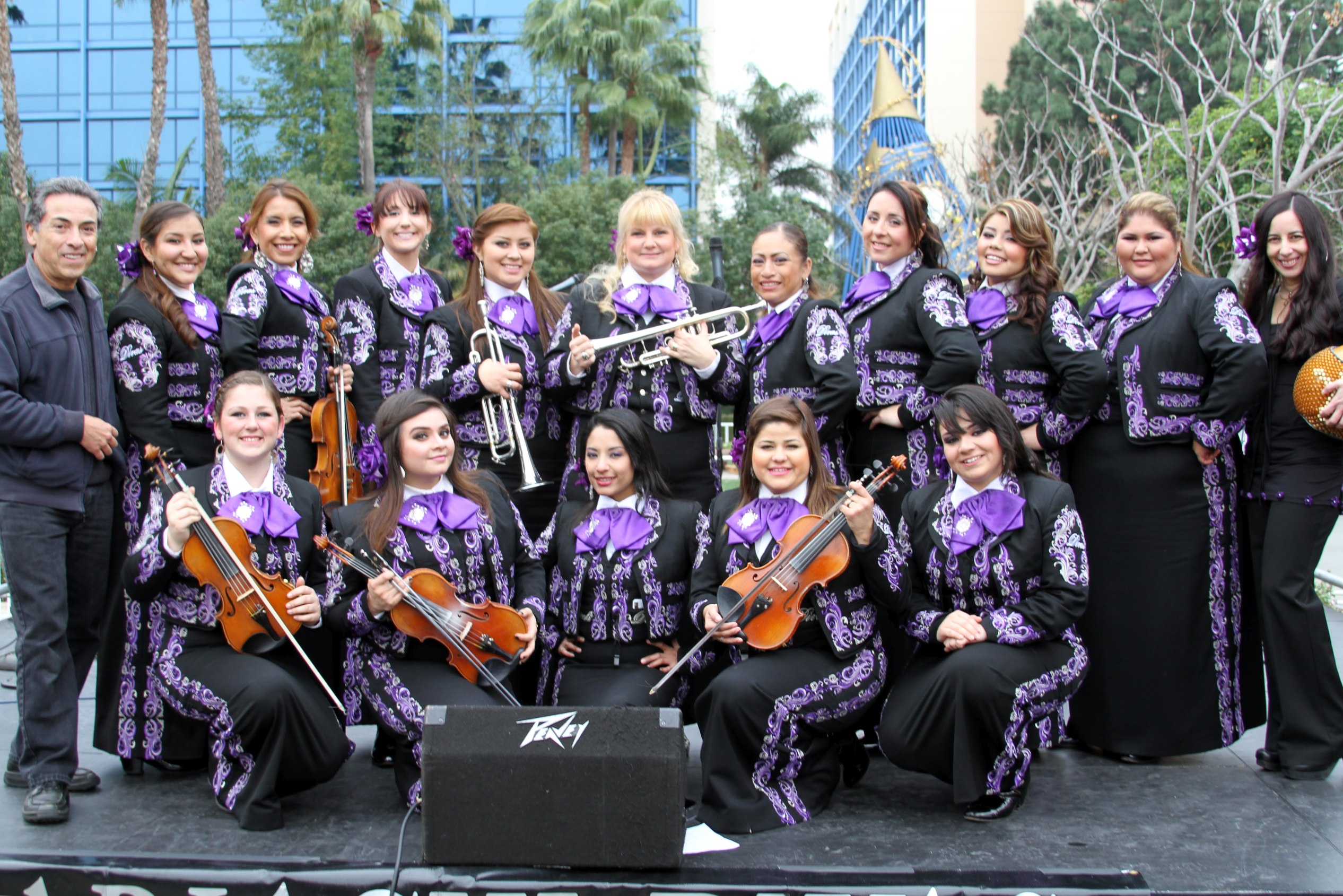
Figure 10.3.4: Mariachi Divas by Richard Sandoval, Flickr is licensed CC BY-SA 2.0.
Performing National Identity in La Tequilera
In the Chicanx and Latinx music worlds, it is very common for popular artists to cover both new and traditional songs by others, sometimes changing the style and tone in their adapted version. For example, the song La Tequilera (The tequila girl) was popularized by Lucha Reyes in the 1930s. In her original version, the telling followed the ranchera style and signaling the soldadera (soldier) imagery of women in the Mexican Revolution. Since then, the song has been performed by countless women, including Selena, Jenni Rivera, and Alicia Villaseñor, both reprising this story and infusing it with new meaning.
Astrid Hadad is a Mexican singer of mixed Mayan and Lebanese heritage. In her performances of La Tequilera, she utilizes the imagery of armed Mexican revolutionary women to signal the original Lucha Reyes version of the song. She also embeds aspects of rock and roll to bring the song into a more modern era, focusing on current issues related to gender equality and women’s agency.26 This signals the ongoing revolution against patriarchy and interlocking systems of domination. For example, in her concerts, when Hadad sings “Como Buena mexicana sufriré el dolor tranquila” (Like a good Mexican woman, I will suffer in silence), she whips herself, emphasizing how women have been socialized into their own marginalization in the name of cultural and national identity.27 This is an example of disidentification, as Hadad is both deploying Mexican national identity through ranchera style, a traditionally male-dominated genre, as a way to critique patriarchal gender roles and patriarchy.
Lila Downs is a globally recognized signer from Oaxaca, Mexico and is shown in Figure 10.3.5. When she has performed the same song, she shifts the musical style to a norteña, both increasing the tempo and adding elements like the accordion. Because norteño music is associated with northern Mexico, Texas, California, the U.S. Southwest, and Mexican migrant communities around the world, this gives the song a transnational character and invites a global Latinx audience. Following this global-facing Mexican identity, Downs melds the soldadera style with dress that reflects both traditional Oaxacan styles, as well as the Mexican nationalistic aesthetic style of ballet folklorico.28 This flips the significance of the narrative in the song from being about reflecting Mexican identity within a nationalistic community to representing Mexicanidad to a Latinx and global audience. Links to publicly available, copyrighted recordings of Hadad’s and Downs’s recordings of La Tequilera are included in the supplemental resources for this chapter.
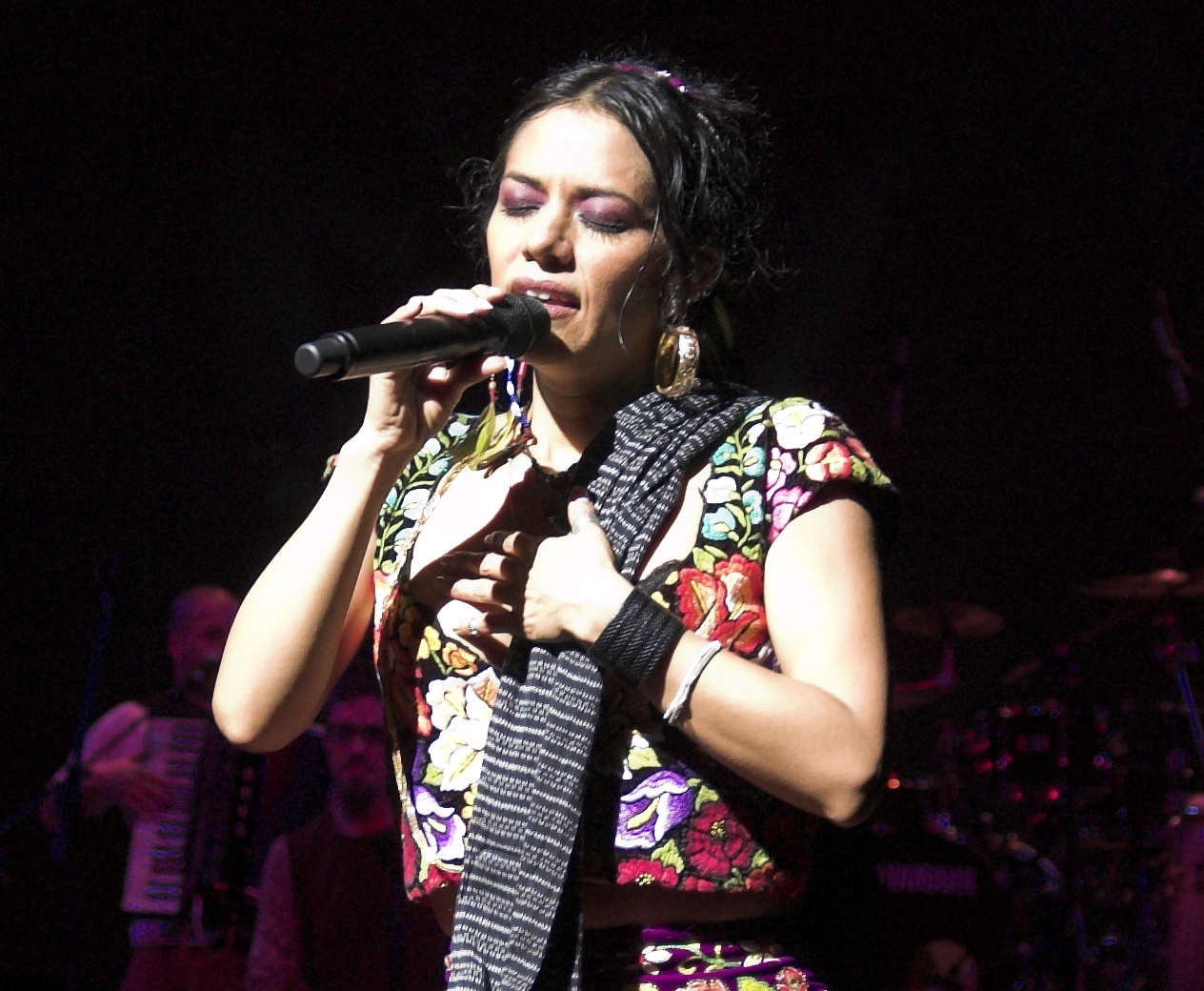
Figure 10.3.5: Lila Downs by mario, Flickr is licensed CC BY 2.0.
Indigenous Rock
Indigenous identities, cultural practices, musical traditions, and dress are all key parts of Chicanx and Latinx music and dance. These are celebrated through traditional ceremonies, festivals, and rituals, along with day-to-day culture. For example, Pirekua is music “that expresses the thought, feelings and pride of the P’urhépecha people from Michoácan, México, where creators (composers) and the pirericha (performers) manifest all their talent, their creativity and their most profound feelings.”29 While this genre grows out of a long tradition, each generation has adapted and transformed the music to reflect the changing times and their modern identities.
For example, Hamac Caziim is a Comcáac punk group from Punta Chueca, Sonora that seeks to help young people find pride in their culture and language. They have also helped to encourage self-expression by helping new rock and punk groups form and organizing the Festival Xepe an Cöicoos to celebrate Comcáac communities. Similarly, Sak Tzevul is a Tzotzil progressive rock group from Zinacantán, Chiapas. They originally struggled for recognition especially among their Indigenous peoples but won over fans and support who were able to recognize the authentic connection of rock music to their cultures and values.30
Afro-Latinx Music
People of African descent have been widely influential in the creation of all types of culture in Latin America, despite being under-recognized in political, social, and cultural domains. For example, rhythms, instruments, melodies, and styles rooted in African traditions are embedded throughout styles like meringue, bachata, and cumbia. Further, prominent Afro-Latinx artists have operated through different contemporary genres like R&B (e.g., Cristiana Milian), reggaeton (e.g., Amara La Negra), and rap (e.g., Princess Nokia). These artists provide representation and cultural narratives that respond to the specific and diverse experiences of people of Afro-Latinx descent.
Artist Spotlight: Celia Cruz
Celia Cruz, in full Úrsula Hilaria Celia Caridad Cruz Alfonso, was born on October 21, 1925 in Havana, Cuba, and she died July 16, 2003 in Fort Lee, New Jersey, in the United States. She was a Cuban-American singer who reigned for decades as the “Queen of Salsa Music,” electrifying audiences with her wide-ranging soulful voice and rhythmically compelling style. She was exiled from Cuba for her outspoken political and cultural commentary and her fame as an Afro-Latina singer. Even though the Cuban government had tried to erase her from its history, her fans still living in Cuba commemorated her death by chalking slogans that read “Azucar! Celia, Cuba te ama!” (“Azucar! Celia, Cuba loves you!”) on walls throughout the island.31
Cubanidad can be understood as a Cuban-specific expression of Latinidad, particularly among the Cuban exile and diaspora community. Celia Cruz contests the homogenization of Latinidad by affirming her Cubanness and Blackness through musical style and performance. Cruz embedded political speech and acts into her concerts using the Spanish language as well as direct political claims, like “Bring Down Fidel Castro.”32 As stated by one commentator, the complexity of Celia Cruz can be understood in terms of “the image of ‘azúcar negra’... as Celia’s Black body, Afro-Cuban rhythms and voice together indexed the cultural survival of slaves in Cuba while she simultaneously vocalized the discourse of a pro-capitalist, white Cuban bourgeoisie while embodying colonial desire with her blonde wig.”33 An artistic rendition of Celia singing in her iconic blond wig is shown in Figure 10.3.6.
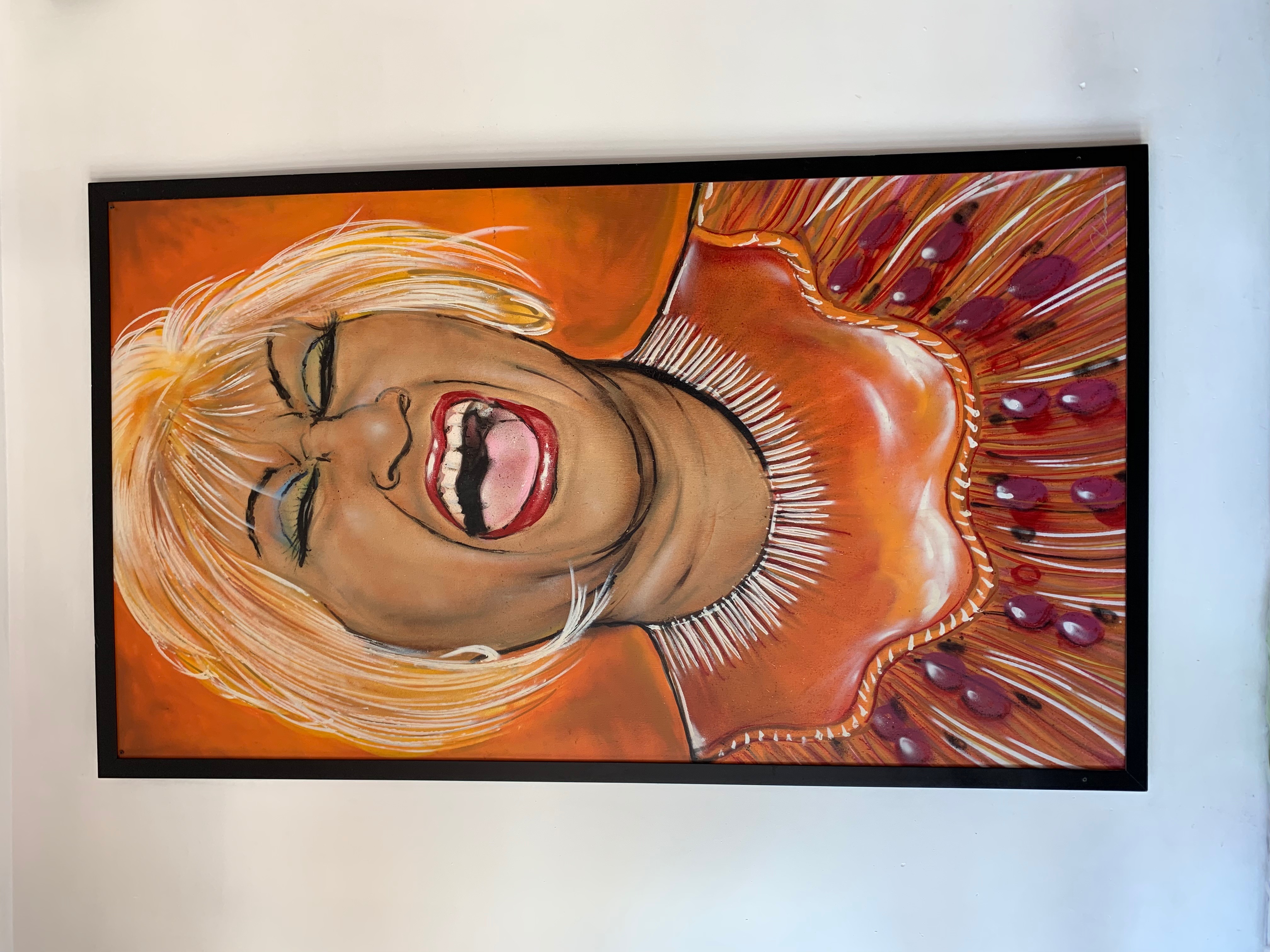
Footnotes
21 Angelique K. Dwyer, “Performing Nation Diva Style in Lila Downs and Astrid Hadad’s La Tequilera,” in Race and Cultural Practice in Popular Culture, ed. Domino Renee Perez and Rachel González-Martin (New Brunswick, NJ: Rutgers University Press, 2019), 132–51.
22 Dwyer. “Performing Nation Diva Style.”; Martínez-Rivera. “(Re)Imagining Indigenous Popular Culture.”
23 Frances R Aparicio, “Jennifer as Selena: Rethinking Latinidad in Media and Popular Culture,” Latino Studies 1, no. 1 (March 1, 2003): 97, https://doi.org/10.1057/palgrave.lst.8600016.
24 Dwyer. “Performing Nation Diva Style.”
25 Roger Bartra. La Jaula de La Melancolía. Identidad y Metamorfosis Del Mexicano. México: Grijalbo, 1987.
26 Dwyer. “Performing Nation Diva Style.”
29 Martínez-Rivera, “(Re)Imagining Indigenous Popular Culture,” 103.
31 Christina D. Abreu, “Celebrity, ‘Crossover,’ and Cubanidad: Celia Cruz as ‘La Reina de Salsa,’ 1971-2003,” Latin American Music Review / Revista de Música Latinoamericana 28, no. 1 (2007): 94–124.

